

Articles
How To Store Edible Cookie Dough
Modified: December 7, 2023
Looking for articles on how to store edible cookie dough? Find all the essential tips and tricks to keep your dough fresh and delicious for longer.
(Many of the links in this article redirect to a specific reviewed product. Your purchase of these products through affiliate links helps to generate commission for Storables.com, at no extra cost. Learn more)
Introduction
Welcome to the wonderful world of edible cookie dough! If you’re a fan of raw cookie dough but have concerns about consuming it due to the risks associated with raw eggs and flour, fear not. With the rise in popularity of edible cookie dough, you can now satisfy your cravings without worrying about any potential foodborne illnesses.
Whether you’re making your own edible cookie dough from scratch or purchasing it from a store, knowing how to properly store it is essential to maintain its freshness and prevent any spoilage. In this article, we’ll guide you through the process of storing edible cookie dough, including choosing the right ingredients, packaging methods, refrigeration guidelines, freezing options, thawing methods, safety considerations, and some handy tips to ensure your dough stays delectable for as long as possible.
So, let’s dive in and learn how to store your edible cookie dough to enjoy its irresistible flavors whenever you desire!
Key Takeaways:
- Indulge in the delightful world of edible cookie dough while keeping it safe and fresh by choosing quality ingredients, proper packaging, and following refrigeration and freezing guidelines.
- Enjoy the convenience of having delicious cookie dough on hand by mastering the art of storing, thawing, and reheating while prioritizing safety and maximizing its shelf life.
Read more: How To Store Cookie Dough
Choosing the Right Ingredients
The first step in creating delicious edible cookie dough is selecting the right ingredients. Quality ingredients not only contribute to the taste but also have an impact on the dough’s shelf life. Here are some factors to consider when choosing your ingredients:
- Flour: Opt for heat-treated or pasteurized flour to eliminate the risk of bacterial contamination. If you can’t find such flour, it’s recommended to heat treat the flour at home by baking it in the oven for a few minutes to kill any potential bacteria.
- Sugar: Both granulated and brown sugars work well in cookie dough. However, using brown sugar will result in a softer and chewier texture.
- Butter: Use unsalted butter for better control over the dough’s flavor and texture. Make sure it’s at room temperature for easy mixing.
- Milk: Adding milk to the dough gives it a creamier consistency. Choose your preferred type of milk, whether it’s dairy or plant-based.
- Flavorings: Get creative with your flavorings! Add vanilla extract, chocolate chips, nuts, or any other mix-ins that suit your taste. Just ensure that these ingredients are fresh and of high quality.
By carefully choosing your ingredients, you can ensure that your edible cookie dough has the best taste and texture possible. Now that we’ve covered the ingredients, let’s move on to mixing the dough.
Mixing the Dough
Mixing the dough properly is crucial for achieving the perfect texture and ensuring that all the ingredients are well combined. Here’s a step-by-step guide on how to mix your edible cookie dough:
- Cream the butter and sugar: In a mixing bowl, cream together the softened butter and sugar until light and fluffy. This can be done using an electric mixer or by hand using a wooden spoon.
- Add the flavorings: Incorporate the flavorings such as vanilla extract or any other extracts you desire. Mix well to distribute the flavors evenly throughout the dough.
- Gradually add the dry ingredients: Sift in the flour slowly, along with any additional dry ingredients like baking soda or salt, if required. Mix until the dough starts to come together.
- Add the liquid: Gradually pour in the milk or any other liquid, a little at a time, while continuing to mix. This will help bind the dough together and create a smooth consistency.
- Mix in the mix-ins: Gently fold in your desired mix-ins, such as chocolate chips or nuts, until they are evenly distributed throughout the dough.
It’s important not to overmix the dough, as this can result in a tough texture. Once all the ingredients are incorporated and the dough is well mixed, you’re ready to move on to the next step: proper packaging.
Proper Packaging
After mixing your edible cookie dough to perfection, it’s time to package it properly to ensure its freshness and prevent any contamination. Here are a few packaging options to consider:
- Airtight Containers: Transfer the cookie dough to an airtight container, such as a food storage container or a resealable plastic bag. Ensure that the container is tightly sealed to prevent any air from entering, which can cause the dough to dry out or absorb odors from the surroundings.
- Individual portions: If you prefer to have portioned servings of cookie dough, you can shape the dough into individual balls and wrap them tightly in plastic wrap or place them in separate compartments of a muffin tin lined with parchment paper.
- Plastic Wrap: Another option is to tightly wrap the dough in plastic wrap, ensuring that it is completely covered. This method is particularly useful if you want to slice off portions of the dough as needed.
Regardless of the packaging method you choose, make sure to label the container with the date of preparation. This will help you keep track of the freshness and decide when it’s time to consume or discard the dough.
Now that your edible cookie dough is securely packaged, it’s important to know the appropriate refrigeration guidelines to maintain its quality and flavor.
Refrigeration Guidelines
Refrigerating your edible cookie dough is an effective way to prolong its shelf life and keep it safe for consumption. Here are some important guidelines to follow when refrigerating your dough:
- Temperature: Store your cookie dough in the refrigerator at a temperature of 40°F (4°C) or below. This will help slow down any bacterial growth and preserve the freshness of the dough.
- Duration: Edible cookie dough can typically be stored in the refrigerator for up to 3-5 days. However, it’s always a good idea to consume it as soon as possible to enjoy the best taste and texture. Remember to check for any signs of spoilage before consuming.
- Placement: Place your packaged cookie dough in a designated area of the refrigerator where it won’t be subject to cross-contamination from other food items. This will help maintain its quality and protect it from any potential odors or contamination.
- Storage Conditions: Keep the dough away from strong-smelling foods as it can absorb their flavors. Also, ensure that the dough is protected from moisture to prevent it from becoming overly soft or wet.
By following these refrigeration guidelines, you can prolong the shelf life of your edible cookie dough and enjoy its deliciousness for several days. However, if you want to store it for a longer period or prepare larger batches for future use, freezing the dough is a great option.
Store edible cookie dough in an airtight container in the refrigerator for up to 1 week, or in the freezer for up to 3 months. Let it come to room temperature before enjoying.
Read more: How To Store Homemade Cookie Dough
Freezing Options
If you want to extend the shelf life of your edible cookie dough beyond a few days, freezing is an excellent option. Freezing allows you to store the dough for a longer period while maintaining its taste and texture. Here are a few freezing options to consider:
- Whole Dough: Wrap the entire batch of cookie dough tightly in plastic wrap or place it in an airtight freezer bag. Make sure to remove any excess air before sealing. This method is convenient if you want to thaw and use the entire batch at once.
- Portioned Dough: Divide the dough into individual portions, such as cookie-sized balls, and place them on a baking sheet lined with parchment paper. Freeze the dough balls until solid, and then transfer them to a freezer bag or container. This allows you to easily grab as many portions as you need without thawing the entire batch.
- Pre-shaped Cookies: If you prefer to have ready-to-bake cookies, you can shape the dough into cookies and place them on a baking sheet. Freeze the sheet until the cookies are firm, and then transfer them to a freezer bag or container. This way, you can bake the cookies directly from the freezer without thawing.
When freezing your edible cookie dough, make sure to label the packaging with the date of freezing. This will help you keep track of its freshness and determine its storage duration. Generally, frozen cookie dough can be stored for up to 3 months. However, for the best quality, it’s recommended to consume it within a month.
Now that you have your edible cookie dough frozen, let’s explore the different methods of thawing and reheating to enjoy the deliciousness whenever you want!
Thawing and Reheating Methods
When it’s time to enjoy your frozen edible cookie dough, proper thawing is essential to ensure that it retains its texture and flavors. Here are some effective methods for thawing and reheating your dough:
- Refrigerator Thawing: The safest way to thaw your cookie dough is by transferring it from the freezer to the refrigerator. Place the packaged dough in the refrigerator and allow it to thaw slowly overnight or for several hours. This gentle thawing method helps maintain the dough’s quality and prevents any bacterial growth.
- Counter Thawing: If you’re short on time, you can thaw the wrapped dough at room temperature. Keep in mind that this method might result in slight softening of the dough. Place the packaged dough on the counter and allow it to thaw for 1-2 hours, depending on the size and thickness of the dough.
- Microwave Thawing: If you’re in a hurry, you can use the microwave to thaw your cookie dough. Remove the dough from its packaging and place it on a microwave-safe plate. Use the defrost setting in short intervals, checking and flipping the dough regularly to ensure even thawing. Be cautious not to overheat the dough, as it can lead to partially cooked spots.
Once the dough is thawed, you can either enjoy it as is or bake it into delicious cookies. If you prefer warm cookies straight from the oven, follow the original baking instructions provided with the recipe. Simply adjust the baking time slightly to account for the thawed dough.
It’s important to note that once the dough has been thawed or partially baked, it should not be refrozen. So, be sure to thaw only the amount of cookie dough you plan to use.
Now that you’re familiar with the thawing and reheating methods, let’s discuss some essential safety considerations when handling edible cookie dough.
Safety Considerations
While edible cookie dough is a delicious treat, it’s vital to keep food safety in mind to prevent any potential health risks. Here are some important safety considerations to keep in mind:
- Avoid Raw Eggs: Most traditional cookie dough recipes call for raw eggs, which can carry the risk of salmonella contamination. To eliminate this risk, consider using pasteurized eggs or using egg substitutes in your dough recipe.
- Use Heat-Treated Flour: Raw flour can also harbor harmful bacteria like E. coli. Ensure the flour you use has been heat-treated or pasteurized, or heat treat it yourself before using it in your dough.
- Practice Good Hygiene: Cleanliness is crucial when working with edible cookie dough. Wash your hands thoroughly before handling the ingredients and make sure all utensils and surfaces are clean. This helps prevent the transfer of bacteria to the dough.
- Label and Date: Properly label and date your dough containers or packaging. This helps you keep track of the freshness and ensure that you consume the dough within a safe timeframe.
- Don’t Consume Uncooked Dough: While edible cookie dough is safe to consume without baking, remember that it may still contain raw ingredients that carry a risk of bacteria. If you choose to eat the dough as-is, ensure that all ingredients have been properly treated to reduce any potential health hazards.
By following these safety considerations, you can enjoy your edible cookie dough while keeping yourself and others safe from foodborne illnesses. Now, let’s move on to some helpful tips for storing cookie dough to maximize its shelf life and maintain its quality.
Tips for Storing Cookie Dough
To ensure that your edible cookie dough stays fresh and delicious, here are some helpful tips for storing it:
- Proper Sealing: Whether you’re using airtight containers, plastic wrap, or resealable bags, ensure that the packaging is tightly sealed to prevent air from entering and moisture from getting in.
- Portion Control: If you’re planning to store the dough for an extended period or want individual servings, consider portioning the dough before storing. This allows you to take out only what you need without having to thaw the entire batch.
- Labeling: Always label the packaging with the date of preparation or freezing. This helps you keep track of the dough’s freshness and manage its storage duration.
- Stacking: If storing multiple containers or bags of dough, try to stack them in an organized manner. This helps save space in the refrigerator or freezer while ensuring easy access to the dough.
- Rotate and Consume: Remember to rotate your stored dough, using the oldest ones first. This ensures that none of your dough goes bad and helps you enjoy the freshest flavors.
- Quality Check: Before consuming or baking the dough, always perform a visual and sensory check. Look for any signs of mold, discoloration, or off odors. If the dough appears questionable, it’s best to discard it to avoid any health risks.
By following these simple tips, you can ensure that your edible cookie dough stays in its best condition and provides you with mouthwatering treats whenever you crave them.
With all these storage techniques and safety considerations in mind, you can now confidently create and store your own edible cookie dough. Enjoy the convenience and pleasure of having a delicious treat readily available whenever the craving strikes.
Now go ahead, whip up that cookie dough, and indulge in the delectable flavors!
Read more: How To Store Sugar Cookie Dough
Conclusion
Storing edible cookie dough properly is essential to preserve its taste, texture, and safety. Whether you’re making your own dough from scratch or purchasing pre-made dough, following the right storage methods can ensure that your dough stays fresh for as long as possible.
Remember to choose the right ingredients, such as heat-treated flour and pasteurized eggs, to minimize the risk of bacterial contamination. Mix the dough thoroughly but avoid overmixing to maintain a perfect consistency. Once the dough is mixed, packaging it properly in airtight containers or wrapping it tightly in plastic wrap will help prevent air exposure and maintain its freshness.
Refrigerating your cookie dough at a temperature below 40°F (4°C) is ideal, and it can typically be stored in the refrigerator for 3-5 days. For longer-term storage, freezing the dough is a great option. Whether you freeze the entire batch, portion it out, or pre-shape it, make sure to label the packaging and consume it within 3 months for the best quality.
When thawing the dough, consider using the refrigerator for a slow thaw or the microwave for a quicker option. Just be cautious not to overheat the dough if using the microwave. Once thawed, you can enjoy the dough as it is or use it to bake delicious cookies by following the original recipe’s baking instructions.
Throughout the entire process, it’s crucial to prioritize safety. Avoid consuming raw dough and choose ingredients that have undergone proper treatments to minimize the risk of foodborne illnesses. Practice good hygiene, label and date your dough containers, and discard any dough that shows signs of spoilage or contamination.
By following these guidelines and incorporating the tips for storage, you can enjoy the convenience and satisfaction of having edible cookie dough readily available whenever your sweet tooth calls. So go ahead and indulge in this delightful treat while keeping it fresh and safe!
Frequently Asked Questions about How To Store Edible Cookie Dough
Was this page helpful?
At Storables.com, we guarantee accurate and reliable information. Our content, validated by Expert Board Contributors, is crafted following stringent Editorial Policies. We're committed to providing you with well-researched, expert-backed insights for all your informational needs.
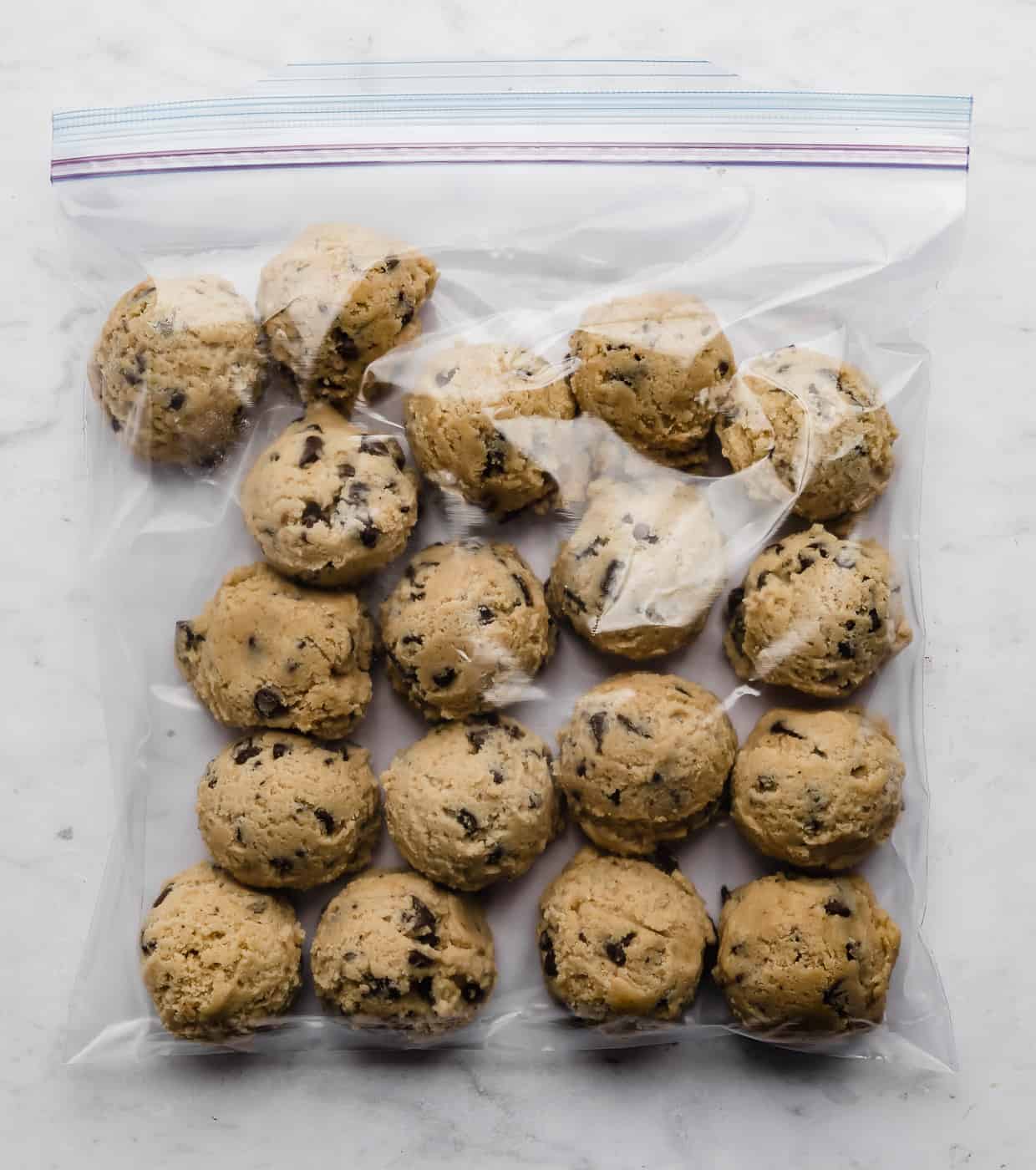



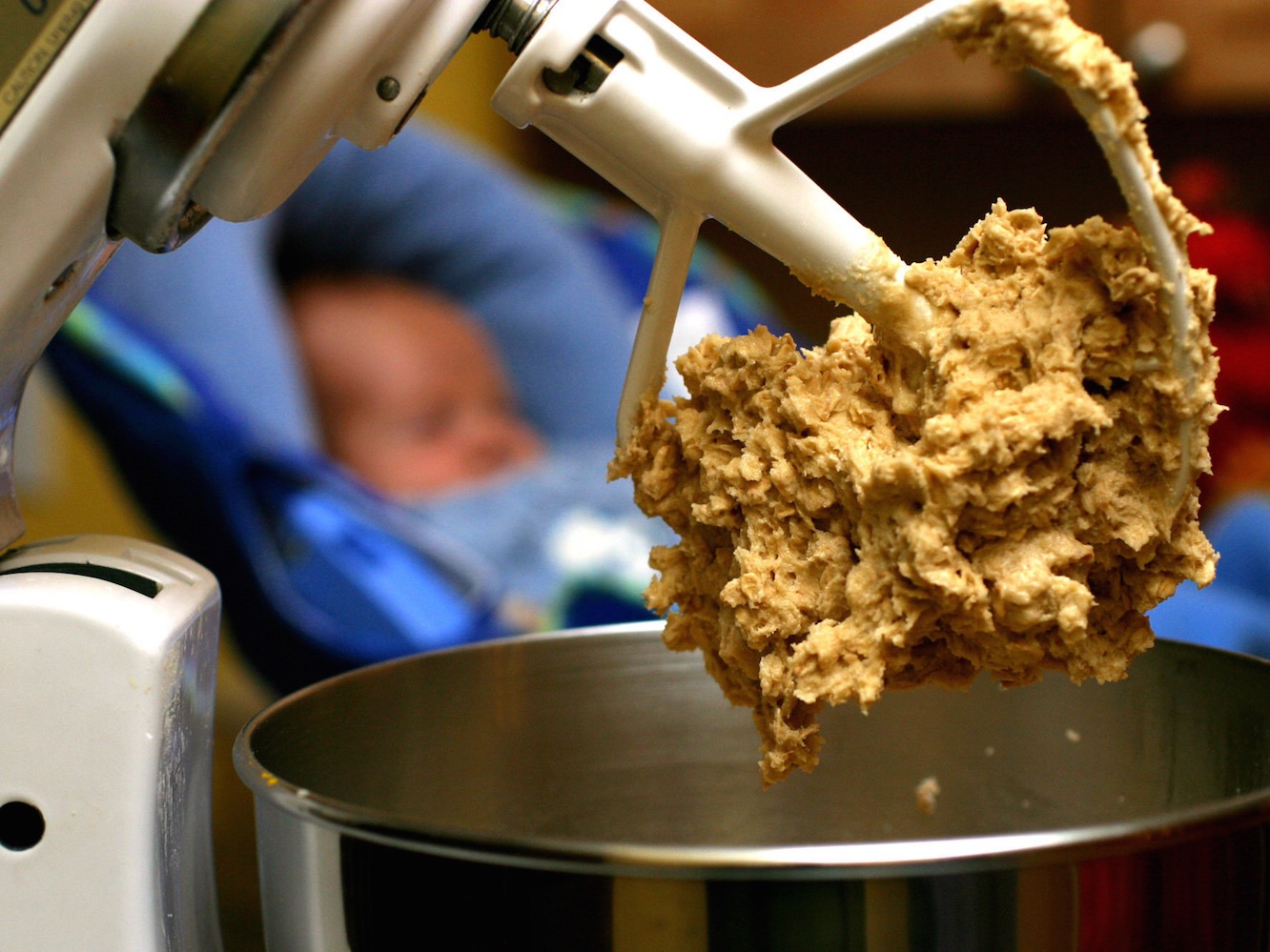



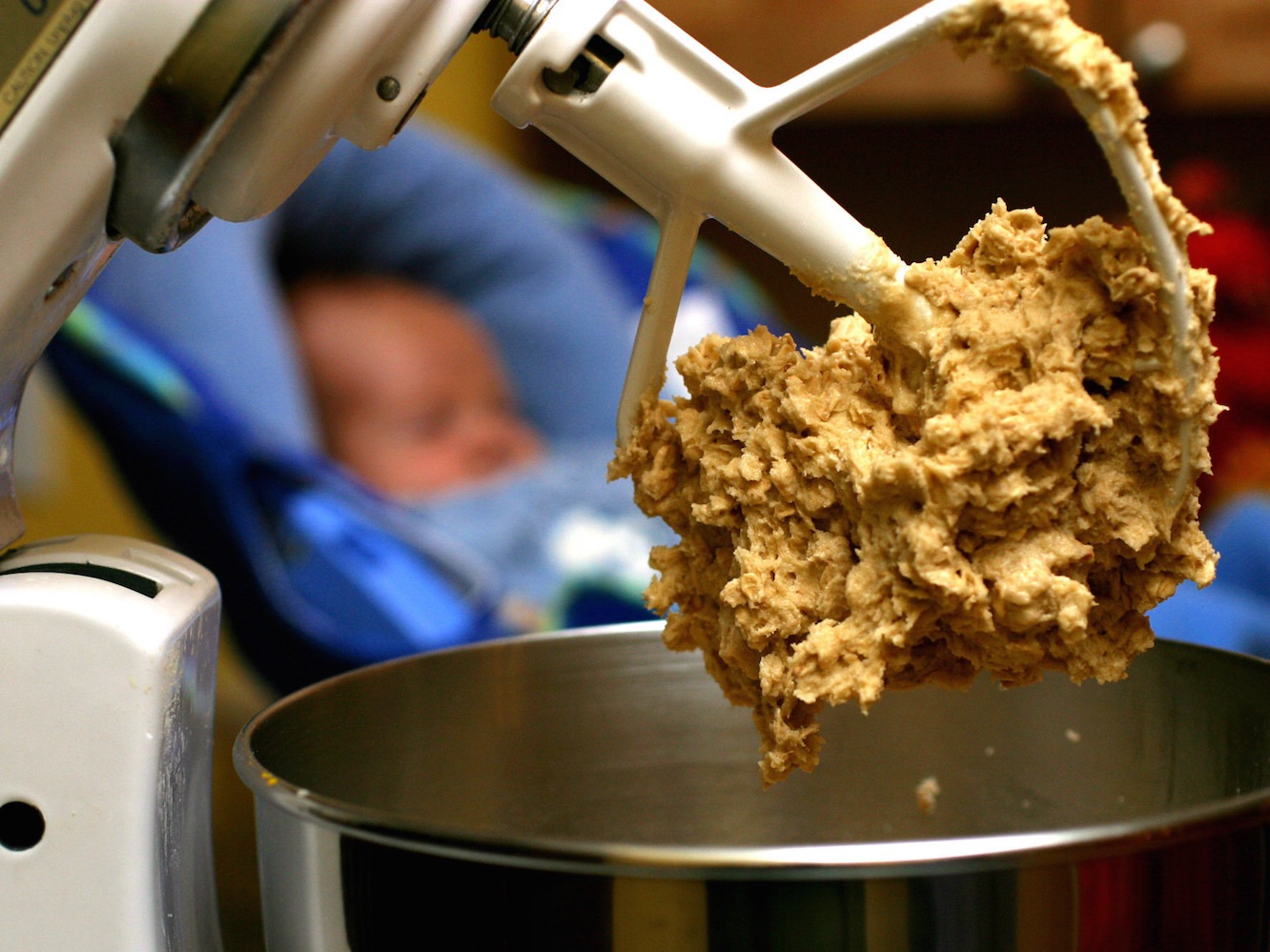
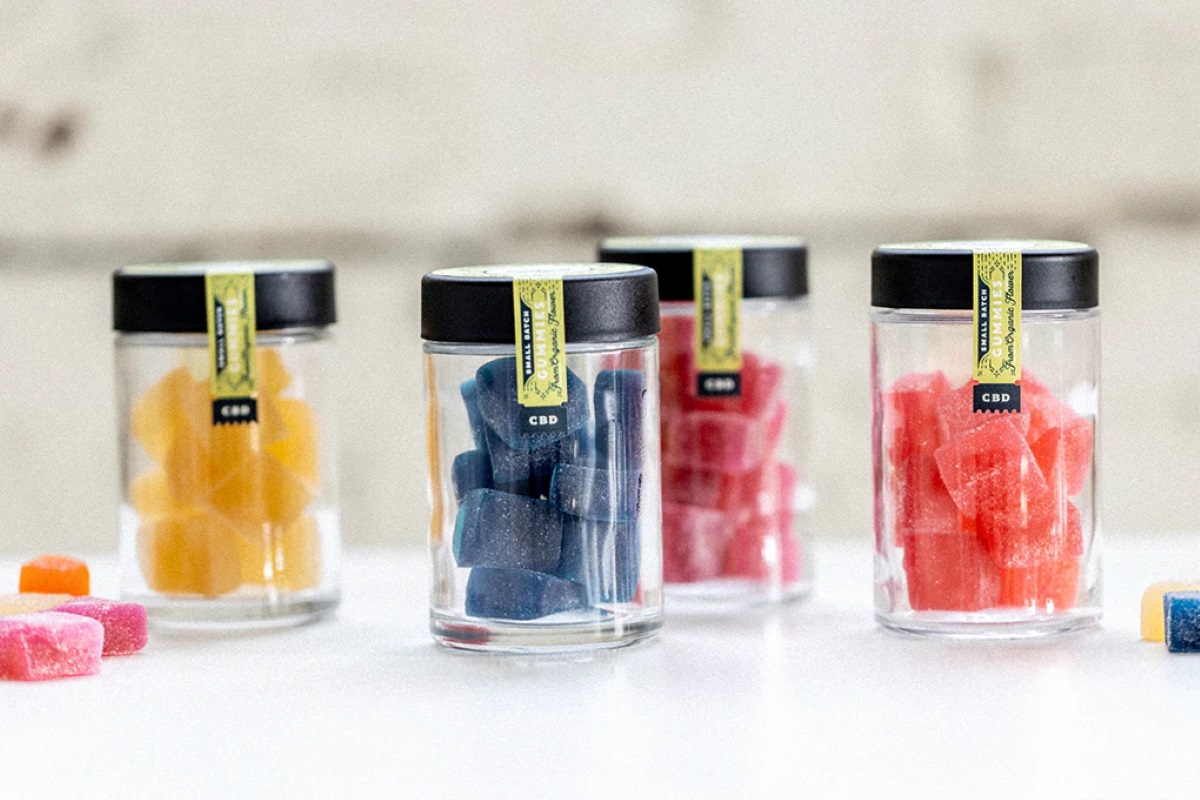
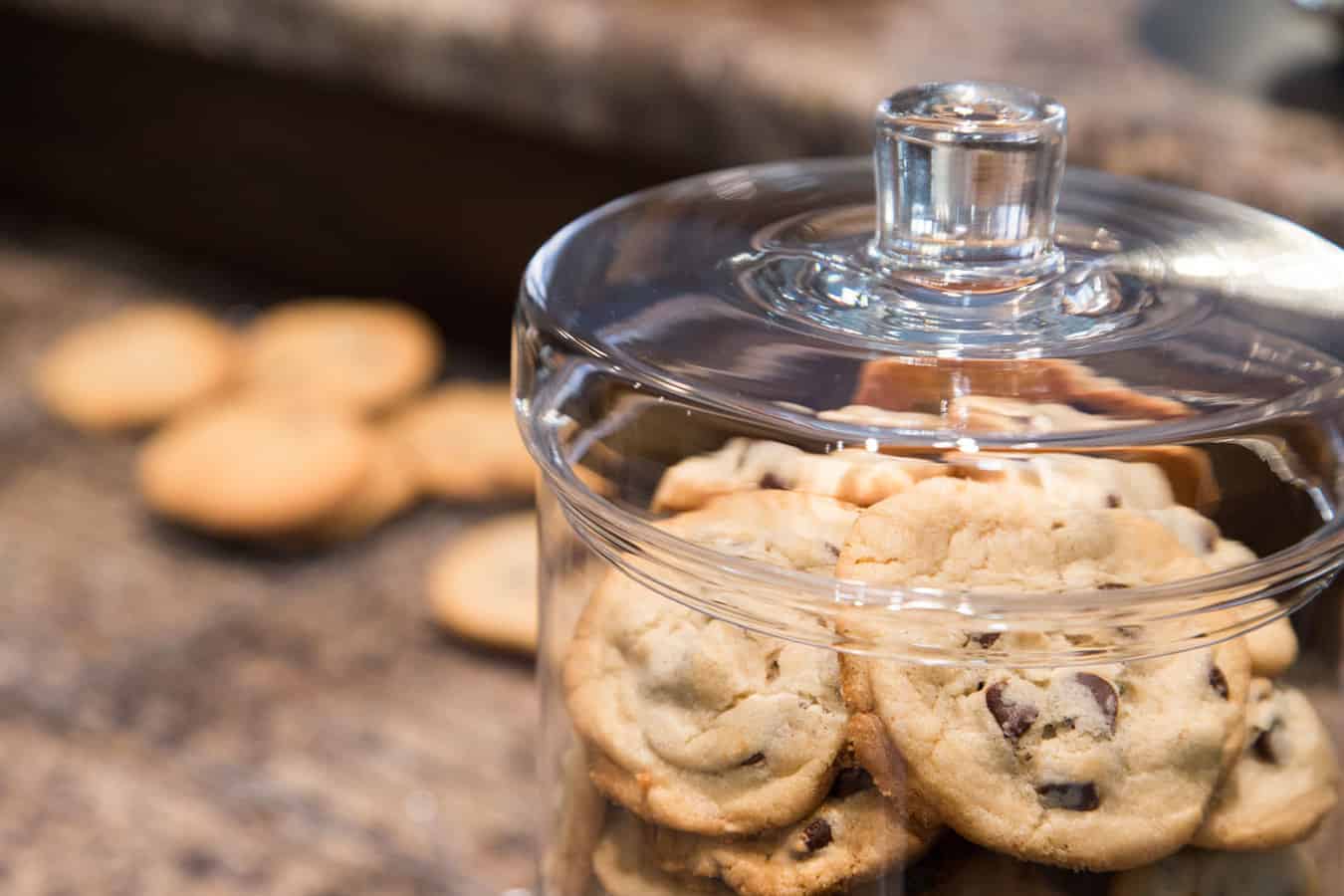
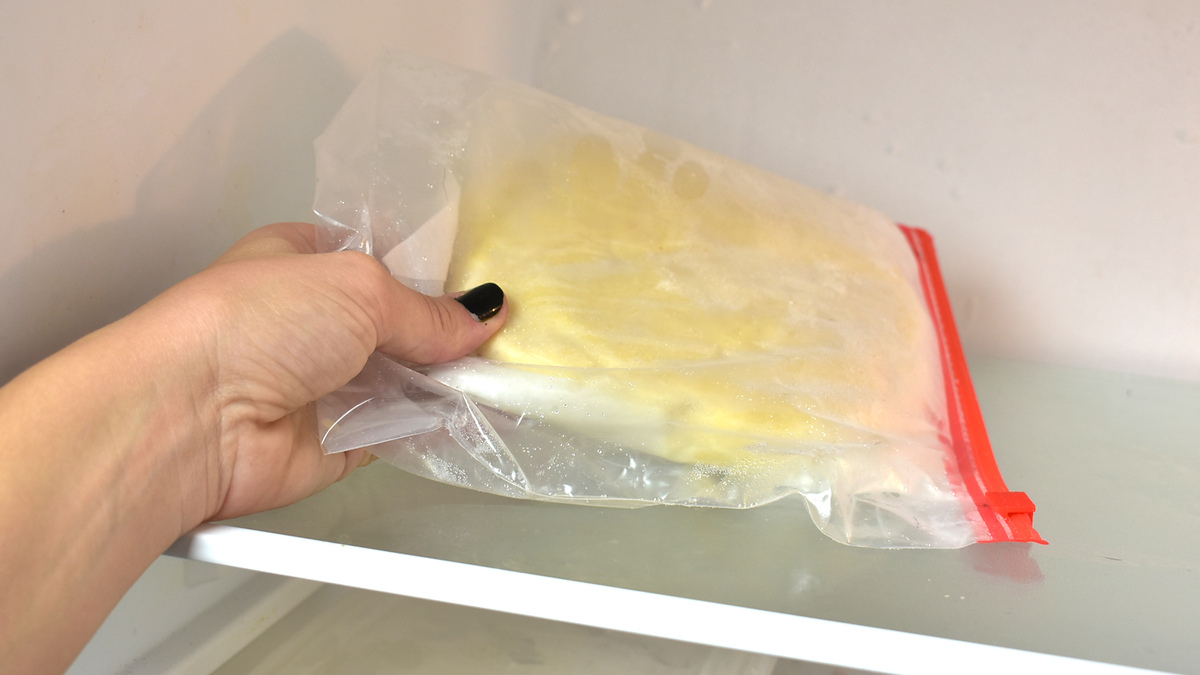
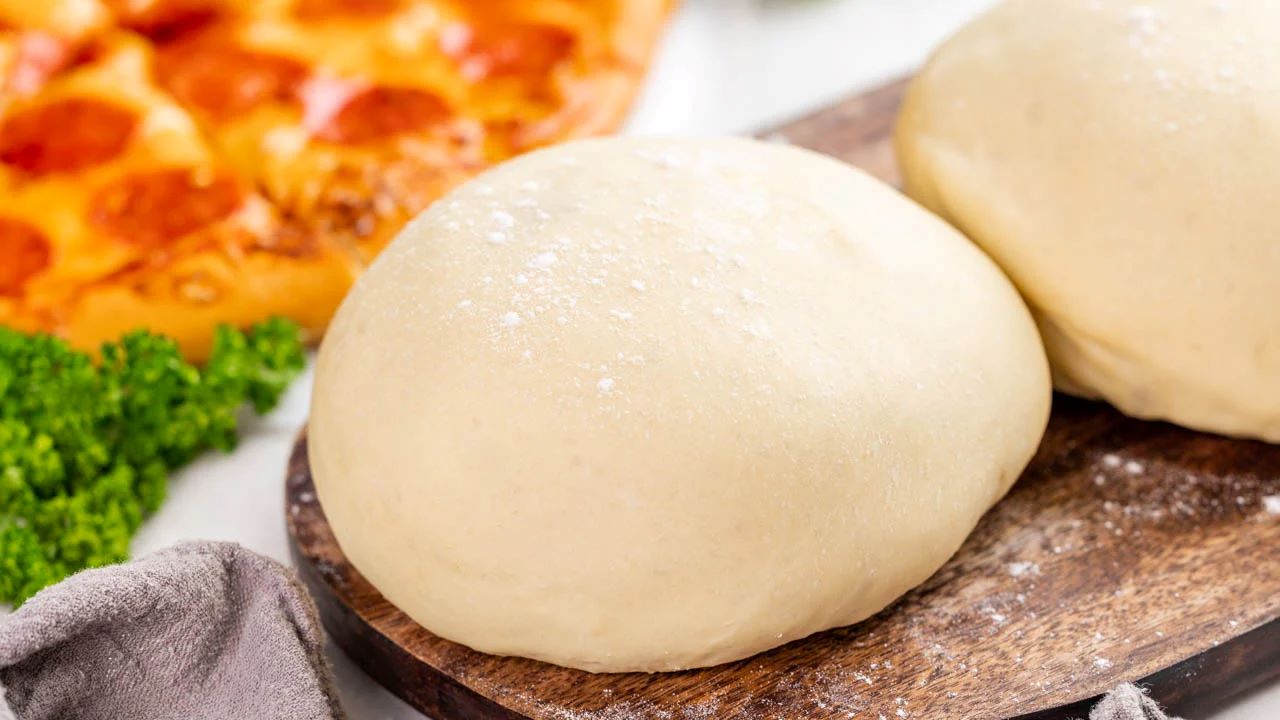

0 thoughts on “How To Store Edible Cookie Dough”